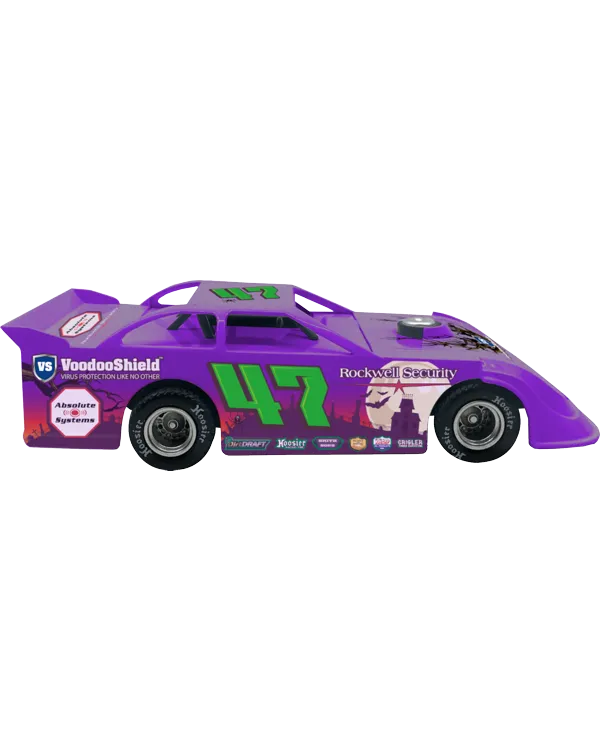Why Collect Diecast Cars (The Appeal)
Diecast cars have captivated enthusiasts for decades, offering a unique blend of nostalgia, craftsmanship, and a tangible connection to the automotive world. The appeal of collecting these miniature marvels stems from a variety of factors, each contributing to the hobby’s enduring popularity. For many, it’s the sentimental value; these models often evoke memories of childhood, favorite cars, or significant moments in automotive history. The meticulous detail, from the paint finish to the interior appointments, offers a level of realism and artistry that is simply unmatched. Collecting diecast cars is more than just a hobby; it’s a gateway to a world of automotive appreciation and a community of like-minded individuals who share a passion for these miniature masterpieces.
The History of Diecast Cars
The history of diecast cars is as rich and varied as the models themselves. The earliest diecast toys emerged in the early 20th century, initially crafted from lead. The evolution of diecast manufacturing truly took off after World War II, with companies like Dinky Toys and Corgi Toys leading the charge. These brands set the standard for quality and detail, creating models that were both toys and collectibles. The materials used and the manufacturing techniques employed have advanced dramatically over the years, from the use of zinc alloys to the precision of modern production processes. Today, diecast cars are produced by countless manufacturers worldwide, each striving to capture the essence of real-life vehicles in miniature. This journey reflects the enduring appeal of these models and their ability to capture the imagination of collectors around the globe.
Choosing Your Scale
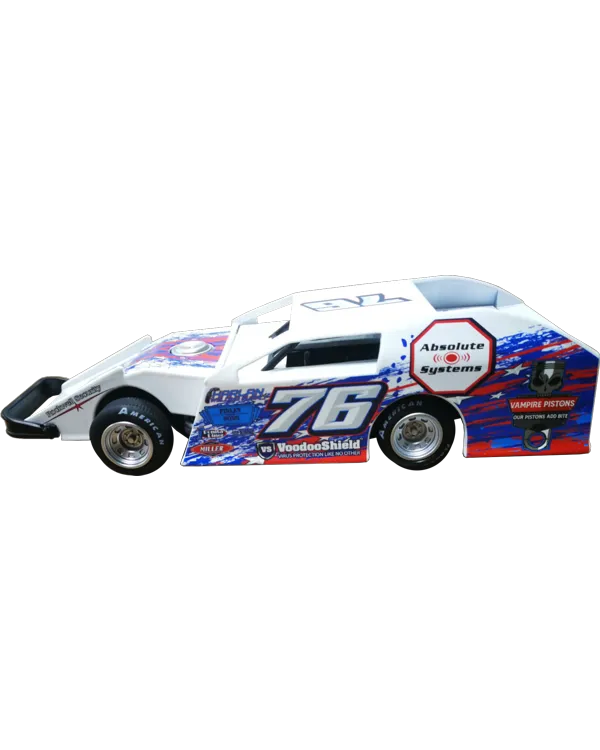
One of the first decisions any aspiring diecast car collector must make is choosing a scale. Scale refers to the ratio of the model’s size to the actual vehicle. Popular scales include 1:18, 1:24, 1:43, and 1:64. The choice of scale significantly impacts the available models, display space requirements, and even the cost of individual pieces. Larger scales, such as 1:18, offer impressive detail and are often prized by serious collectors. Smaller scales, such as 1:64, are more affordable and require less space, making them ideal for those just starting. Some collectors specialize in a single scale, while others enjoy the variety of collecting across multiple scales. Consider the space you have available, your budget, and the level of detail you desire when making your decision.
Popular Diecast Car Scales
Several scales have become industry standards in the diecast car world, each with its own pros and cons. 1:18 scale models are often the most detailed and allow for intricate features, but they require a substantial amount of display space. 1:24 scale offers a balance between detail and size, making it a popular choice for many collectors. 1:43 scale is another widely collected size, offering a vast selection of models and relatively compact dimensions. Finally, 1:64 scale, also known as the ‘Matchbox’ or ‘Hot Wheels’ scale, is the most accessible and affordable, allowing collectors to build large collections without breaking the bank. Choosing the right scale is about balancing personal preferences, available space, and budget constraints to create a collection that brings you joy.
Scale vs. Detail Understanding the Difference
The scale of a diecast car is often directly correlated with the level of detail. Larger scales allow for more intricate features, such as opening doors, detailed engine compartments, and realistic interiors. However, detail isn’t solely dependent on scale. Manufacturing techniques, materials, and the manufacturer’s commitment to accuracy all play a crucial role. Some smaller-scale models can be remarkably detailed due to advancements in production technology. When evaluating models, compare the features and quality of the detailing, not just the scale. Researching different brands and manufacturers will help you understand which offer the best combination of scale and detail to suit your collecting preferences.
Top 5 Tips to Start Collecting Diecast Cars
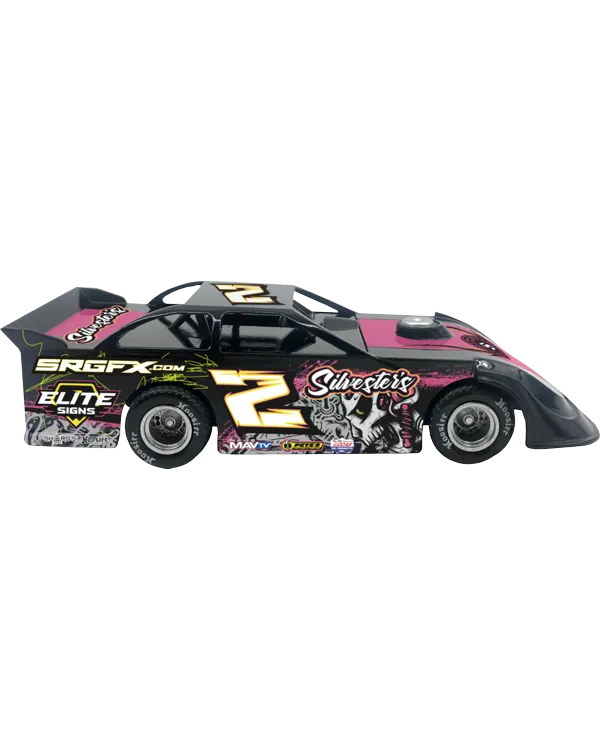
Tip 1 Research and Choose Your Niche
Before you start spending money, it’s essential to define your niche. The world of diecast cars is vast, encompassing everything from classic cars to modern sports cars, trucks, buses, and even construction vehicles. Consider your personal interests: Do you love vintage models, racing cars, or a specific brand? Focusing on a niche helps narrow your choices, making it easier to build a cohesive and satisfying collection. It also prevents the feeling of being overwhelmed by the sheer volume of available models. Researching different manufacturers and model types will help you refine your focus. Think about your budget and the availability of models within your chosen niche. Building a collection based on a specific theme or type of vehicle is a satisfying way to enjoy the hobby.
Tip 2 Set a Budget
Collecting can quickly become expensive if you’re not careful. Establish a budget before you start buying models. Determine how much you’re willing to spend monthly or annually and stick to it. This will help prevent overspending and ensure you can continue enjoying the hobby for years to come. Consider the average price range of models in your chosen niche. Factor in the cost of display cases, storage solutions, and any other accessories you might need. It’s a good practice to save money for special pieces. Start with affordable models and gradually build towards more expensive ones as your collection grows. Regularly reviewing and adjusting your budget will allow you to manage your spending effectively.
Tip 3 Where to Buy and What to Look For
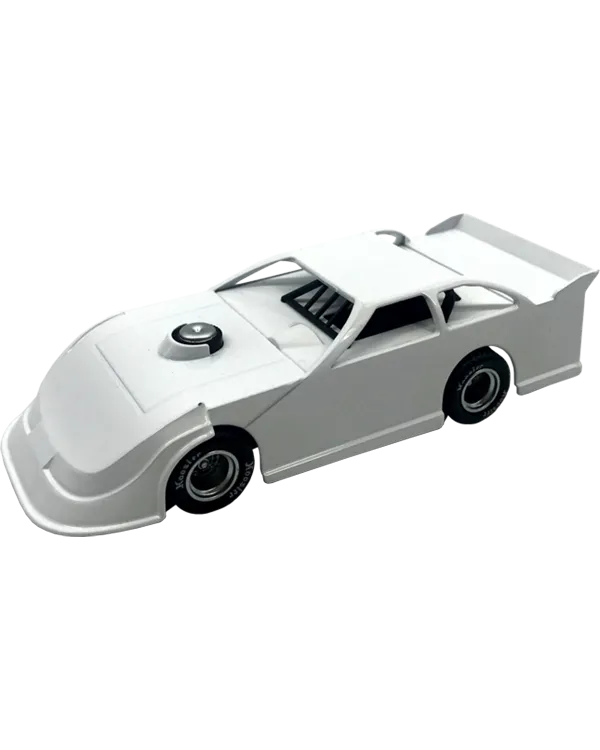
There are several avenues for acquiring diecast cars, each with its own advantages. Online marketplaces like eBay and dedicated diecast retailers offer a vast selection, often with competitive prices. Local hobby shops and toy stores are excellent places to find new releases and build relationships with other collectors. Car shows and swap meets are great for finding rare models and unique pieces. When buying, always inspect the model carefully. Look for any imperfections in the paint, missing parts, or other signs of damage. Research the model’s value and compare prices from different sources. Pay attention to the seller’s reputation and read reviews. Be prepared to negotiate prices, especially when buying from private sellers or at swap meets.
Tip 4 Storage and Display
Proper storage and display are crucial for preserving the value and condition of your diecast cars. Protect your models from dust, direct sunlight, and extreme temperatures, as these can cause damage over time. Consider using display cases to protect your models from dust and accidental damage. Choose display locations away from direct sunlight. Consider the size of your collection. You can use shelves, shadow boxes, or specialized display cabinets. Regularly clean your models with a soft cloth to remove dust and debris. This ensures that your models stay in excellent condition and can be enjoyed for years to come. Proper storage and display are integral parts of any collector’s responsibilities.
Tip 5 Connect with Other Collectors
Collecting diecast cars is a social hobby. Connect with other collectors to share your passion, learn from their experiences, and discover new models. Join online forums, Facebook groups, or attend local car shows and collector events. These platforms provide opportunities to ask questions, trade models, and build lasting friendships. Sharing your collection and interacting with other enthusiasts enhances the enjoyment of the hobby. You can gain valuable insights into the market, identify rare models, and stay up-to-date with new releases. Participating in the collector community will help you develop your knowledge and appreciation for diecast cars. Remember that connecting with other collectors is an important aspect of the hobby.
Maintaining and Preserving Your Collection
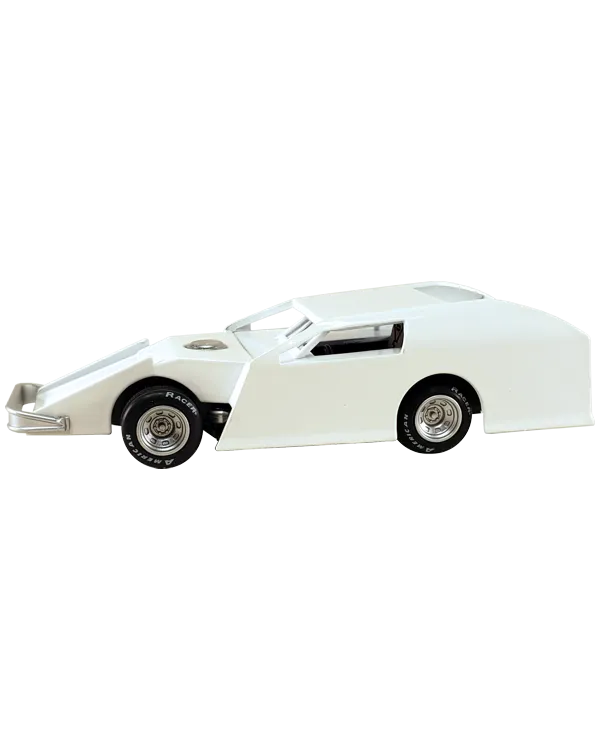
Maintaining the condition of your diecast cars is critical to their value and enjoyment. Regular cleaning and careful handling are essential. Store your models in a controlled environment, away from extreme temperatures and humidity. Consider using protective cases or display cabinets to shield them from dust, sunlight, and accidental damage. Avoid touching the models excessively, as fingerprints and oils can affect the paint finish. Take the time to inspect your models regularly. This ensures that any potential problems are addressed promptly. Proper maintenance will help preserve the appearance and value of your collection for years to come. Taking care of your cars is one of the best ways to enjoy your hobby.
Cleaning Your Diecast Cars
Cleaning your diecast cars requires a gentle approach. Avoid harsh chemicals or abrasive materials. Use a soft, lint-free cloth or a microfiber cloth to remove dust and dirt. If a model is particularly dirty, lightly dampen the cloth with water or a mild soap solution. Gently wipe the surface of the model. Use a soft brush to clean hard-to-reach areas. Always dry the model thoroughly after cleaning. For models with intricate details, consider using compressed air to remove dust from small crevices. By adhering to these guidelines, you can keep your models in pristine condition.
Protecting from Dust and Sunlight
Dust and sunlight are major threats to diecast cars. Dust can accumulate on the surface and in crevices, dulling the finish and potentially damaging the paint. Direct sunlight can fade the paint and cause the plastic components to degrade over time. To protect your models, store them in a dust-free environment. Consider using display cases or cabinets with glass doors to keep dust away. Choose a display location that is away from direct sunlight. If direct sunlight is unavoidable, use UV-protective film on windows or consider using specialized display lights. Following these precautions will minimize the risk of damage from dust and sunlight, helping preserve the condition of your diecast cars for years to come. Protecting your cars is crucial.
